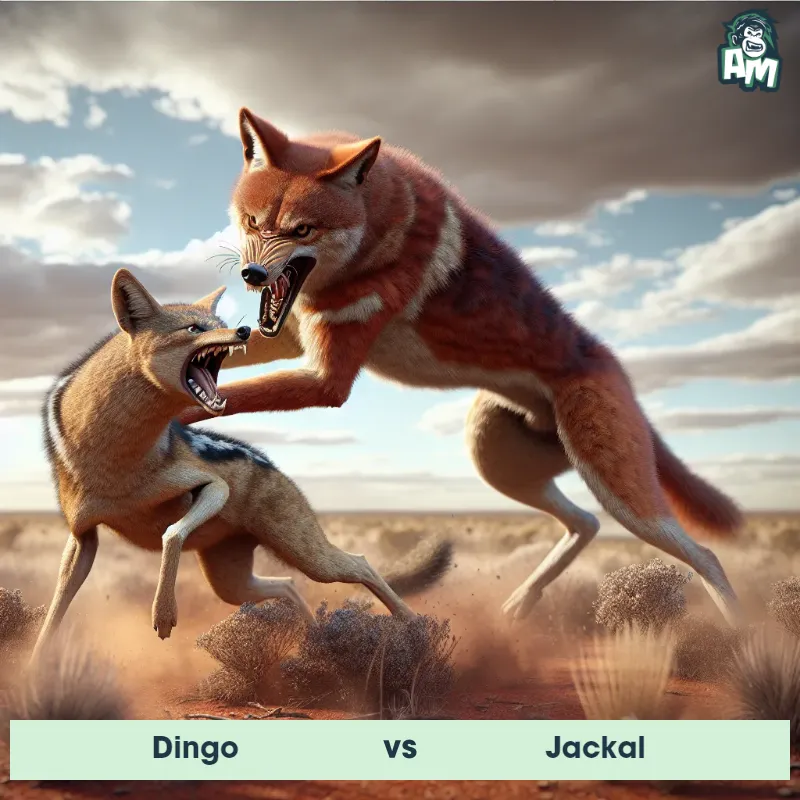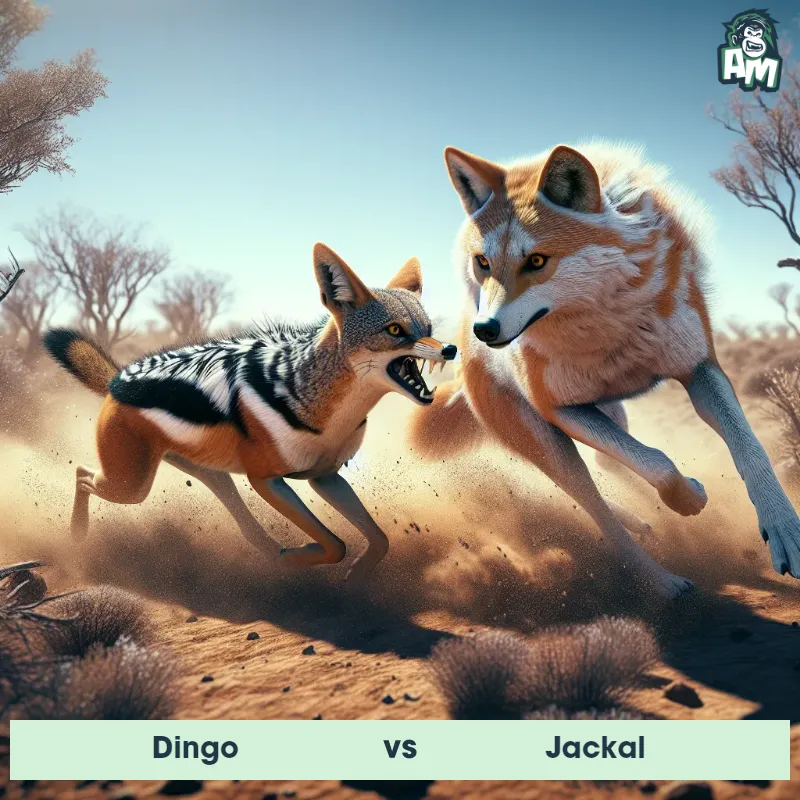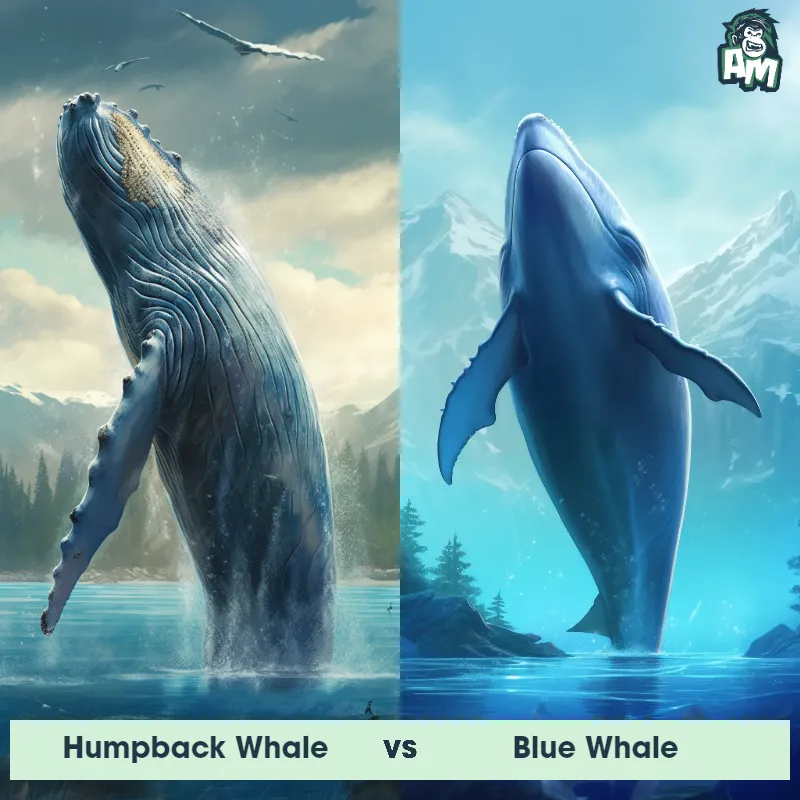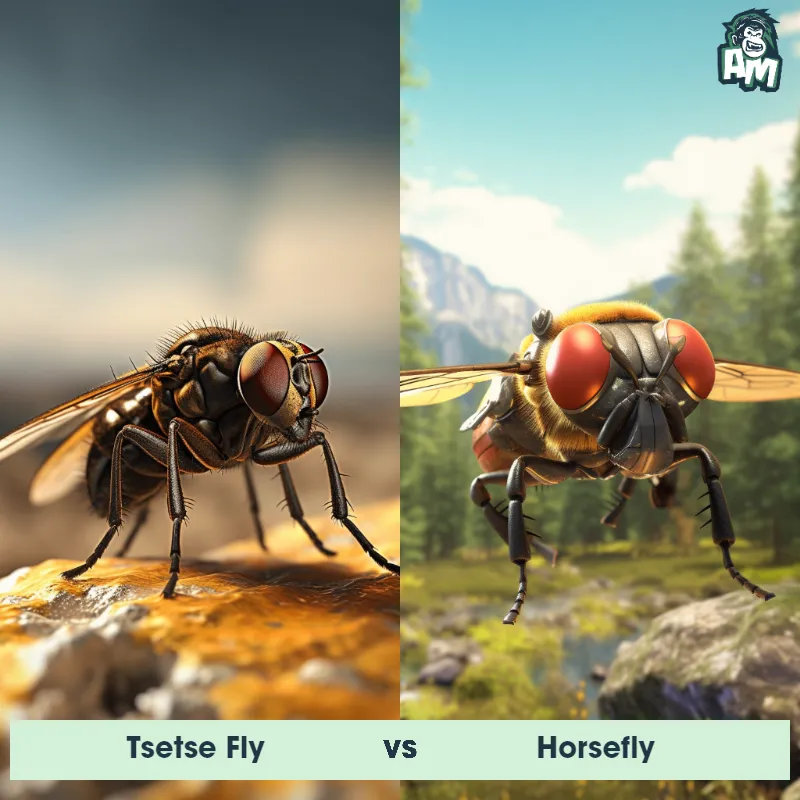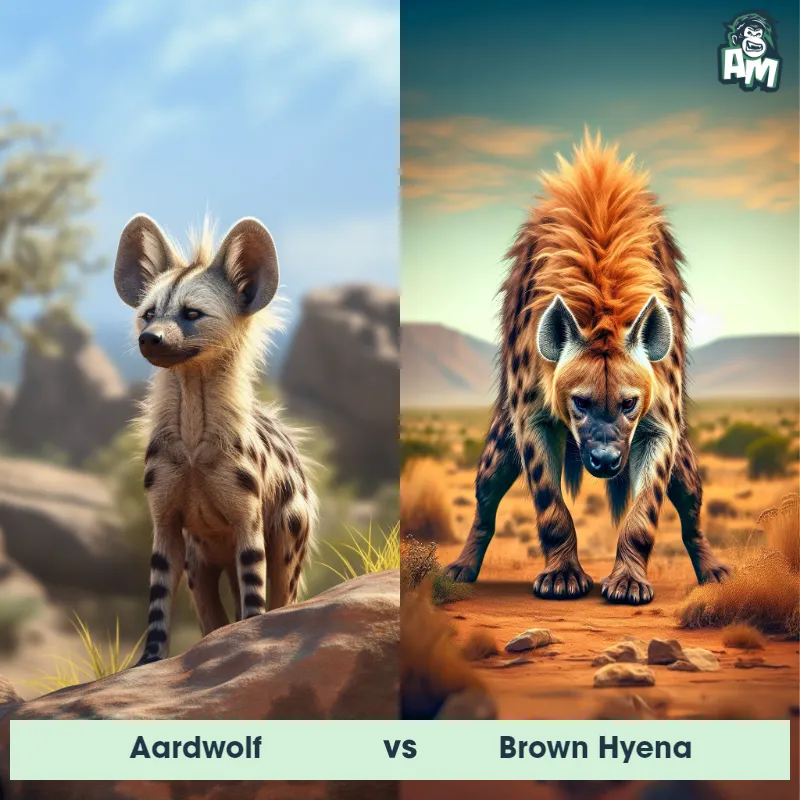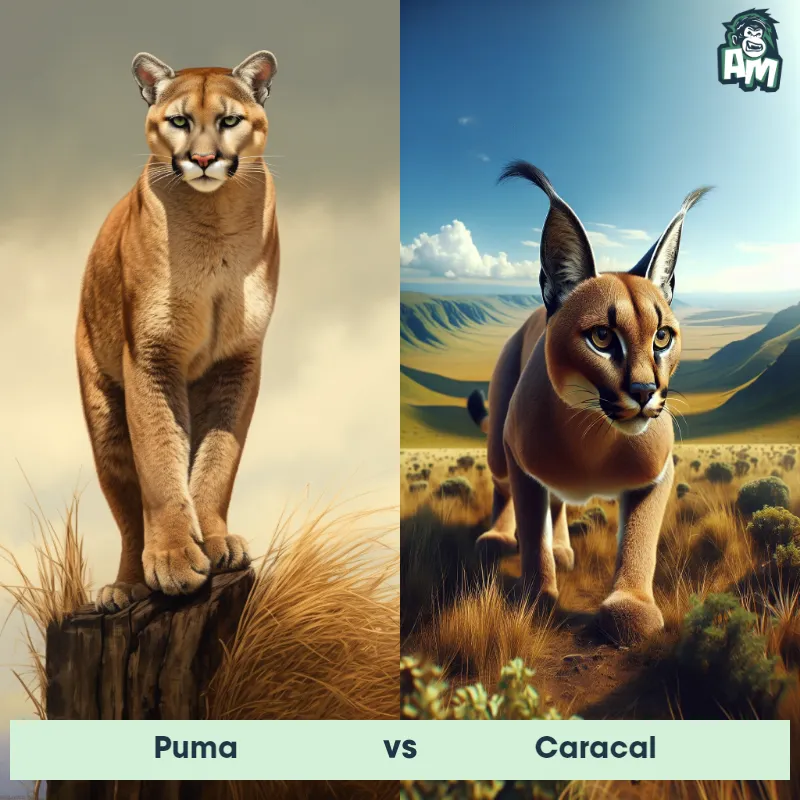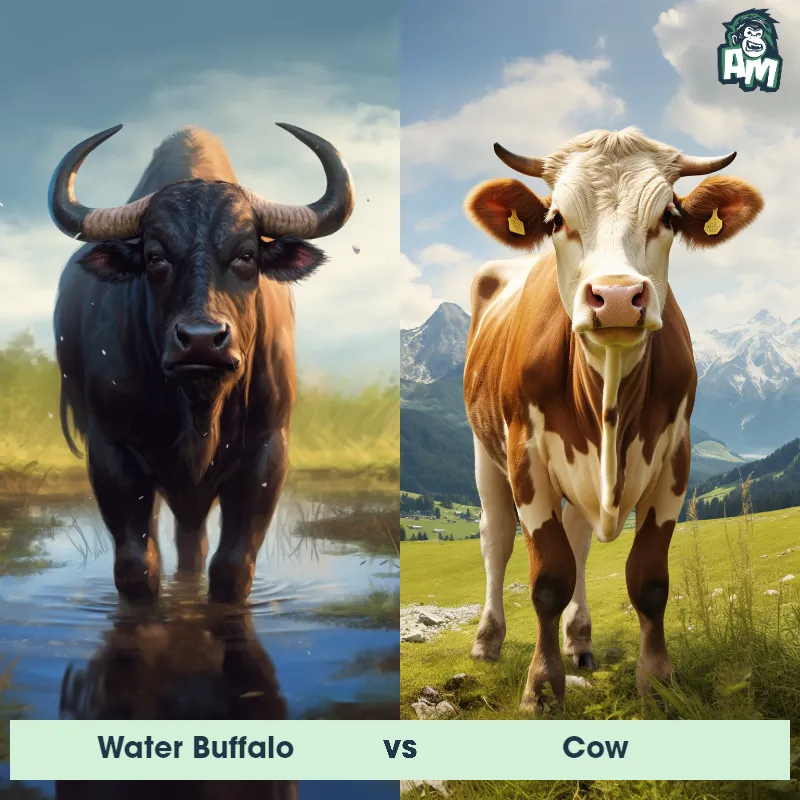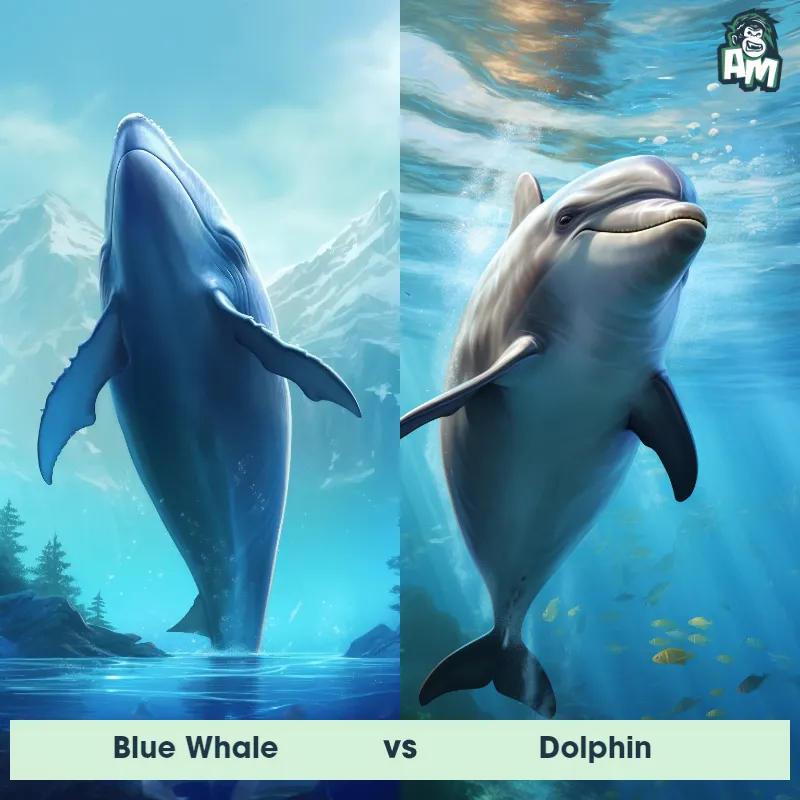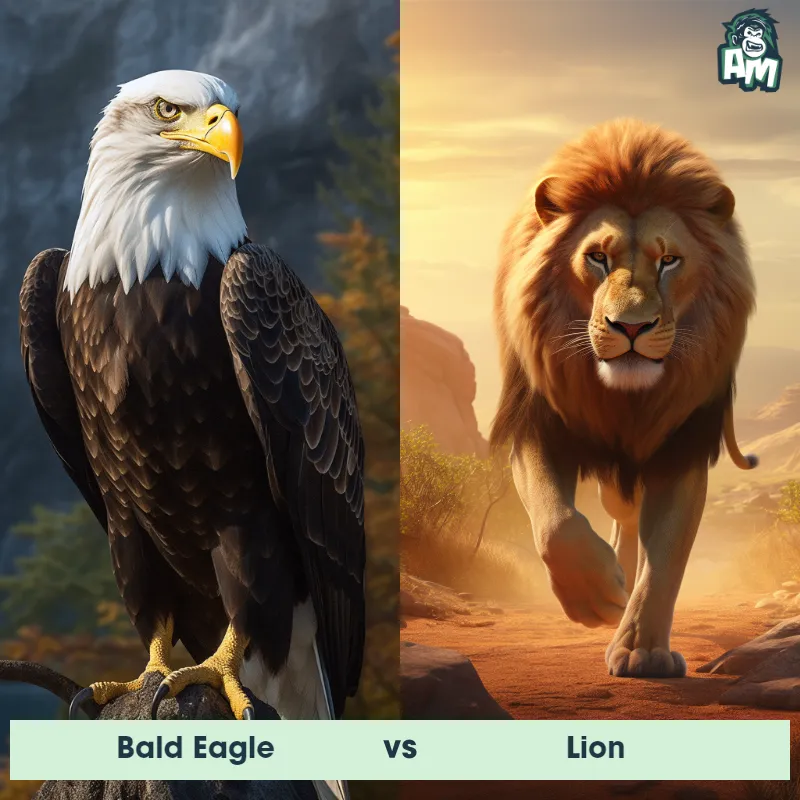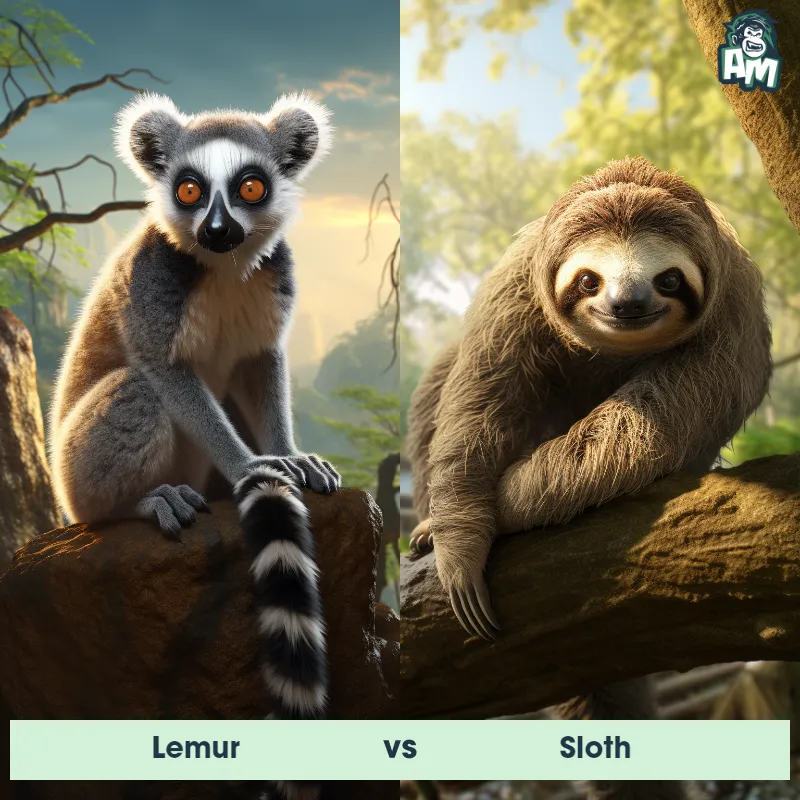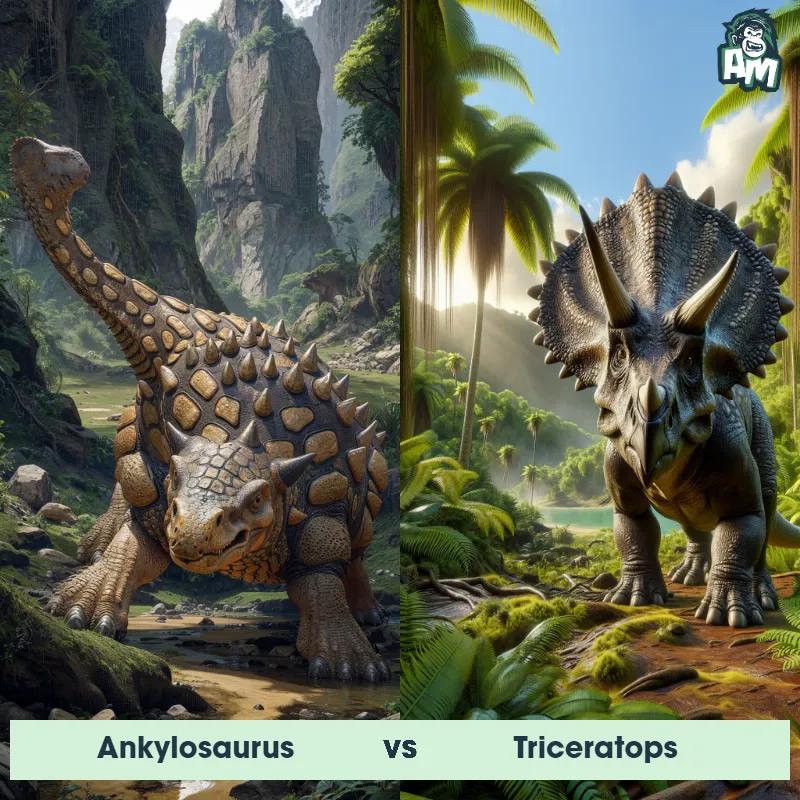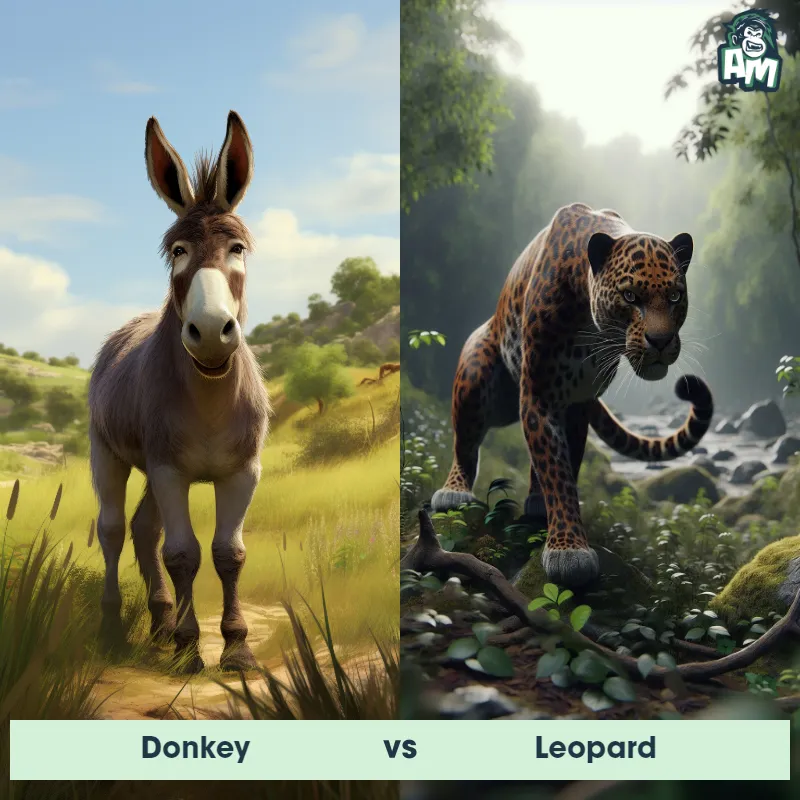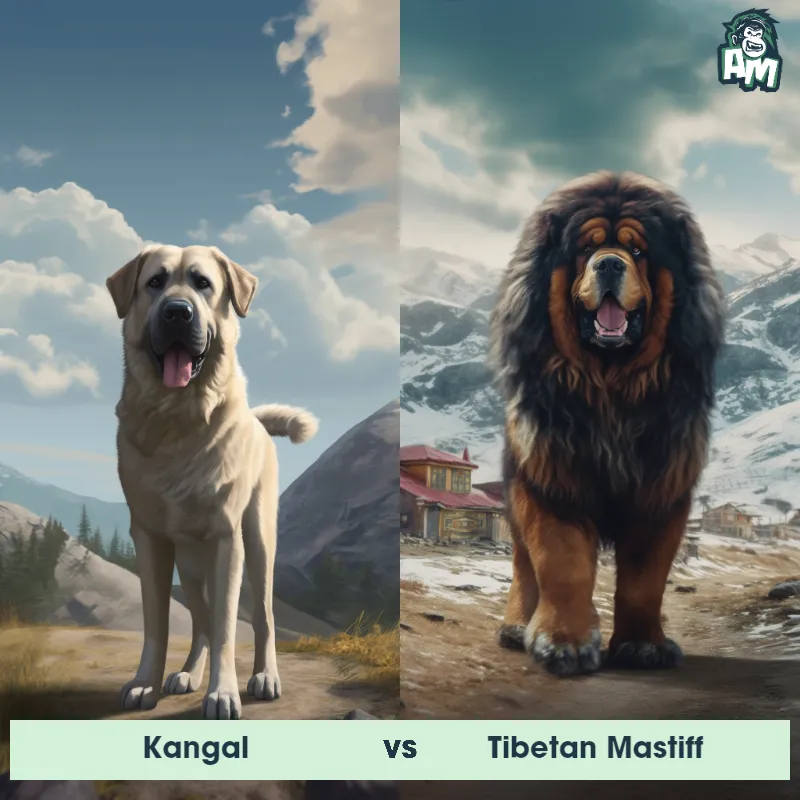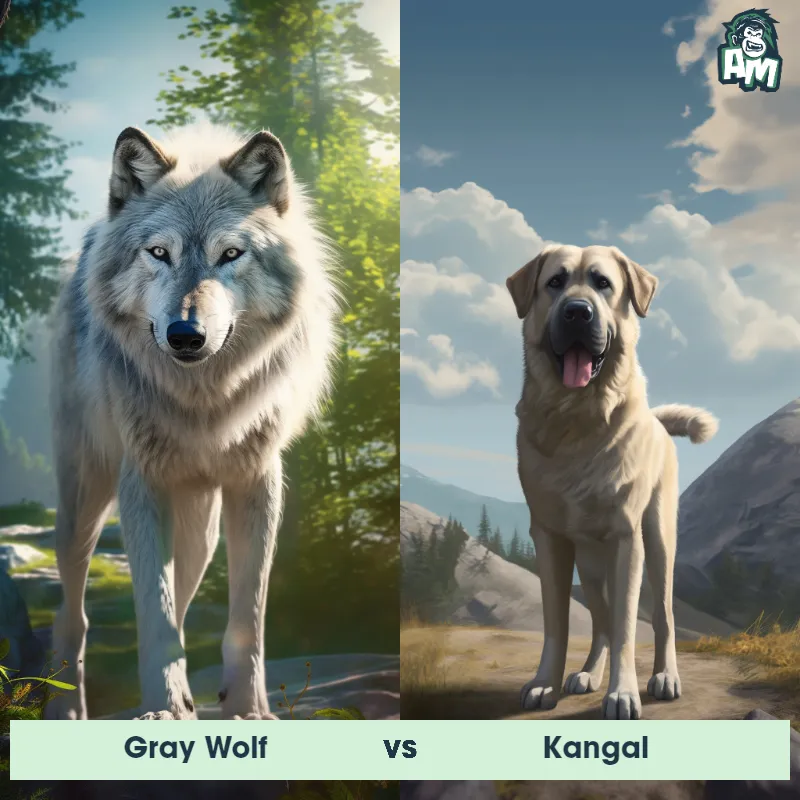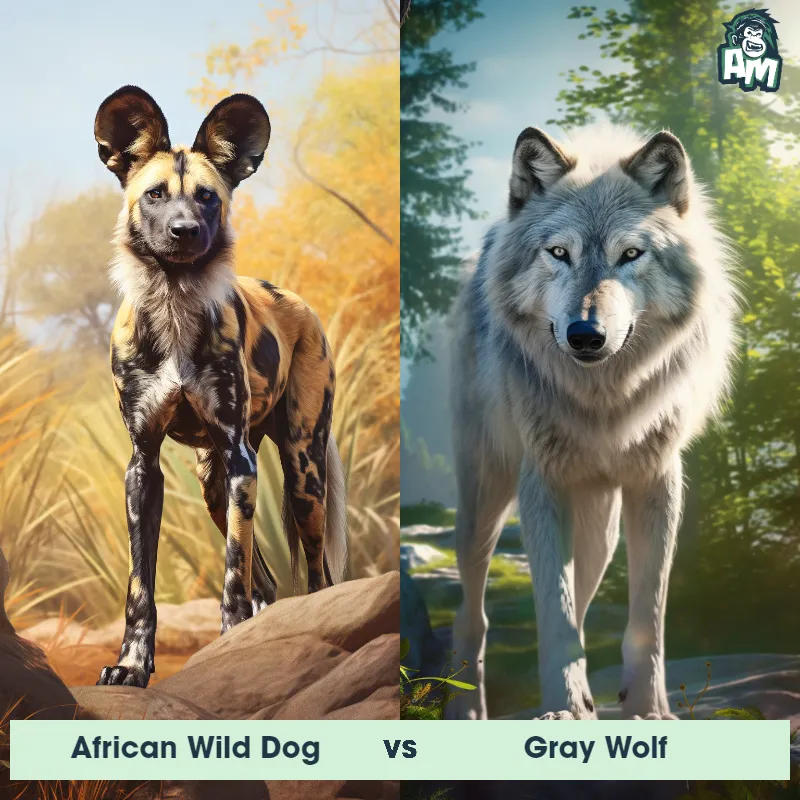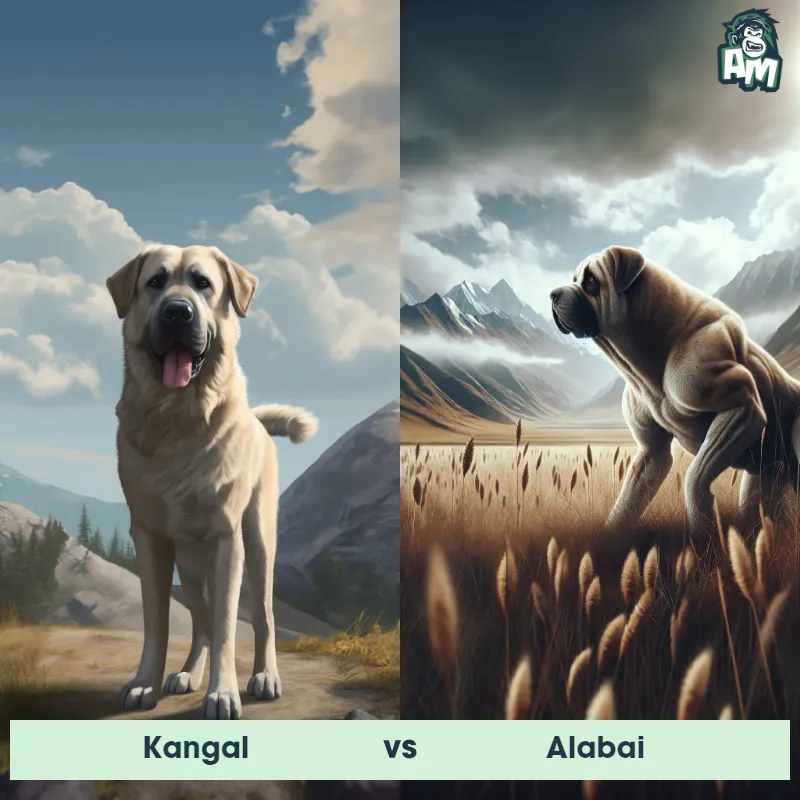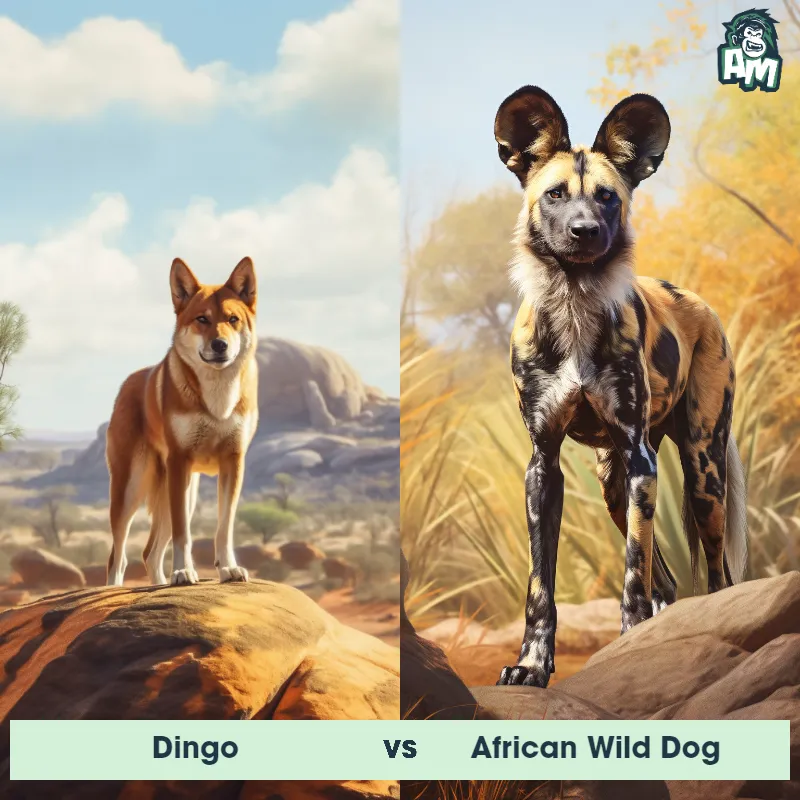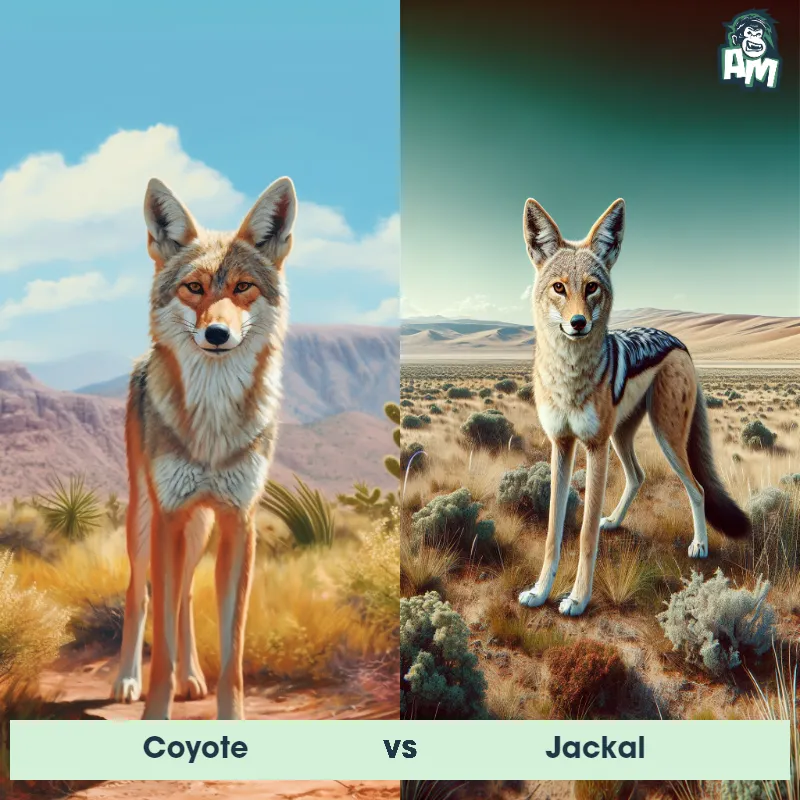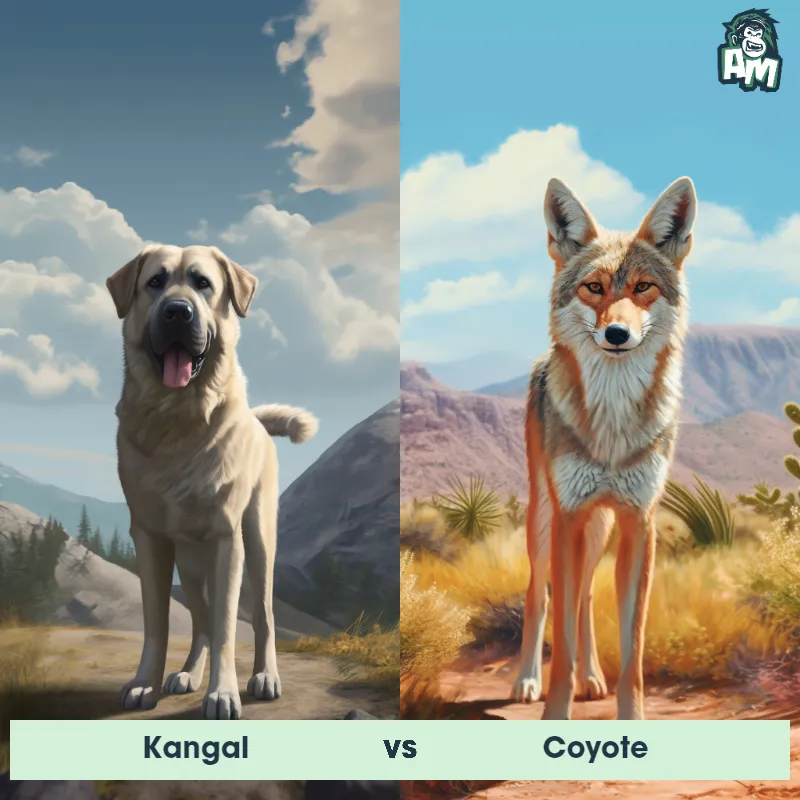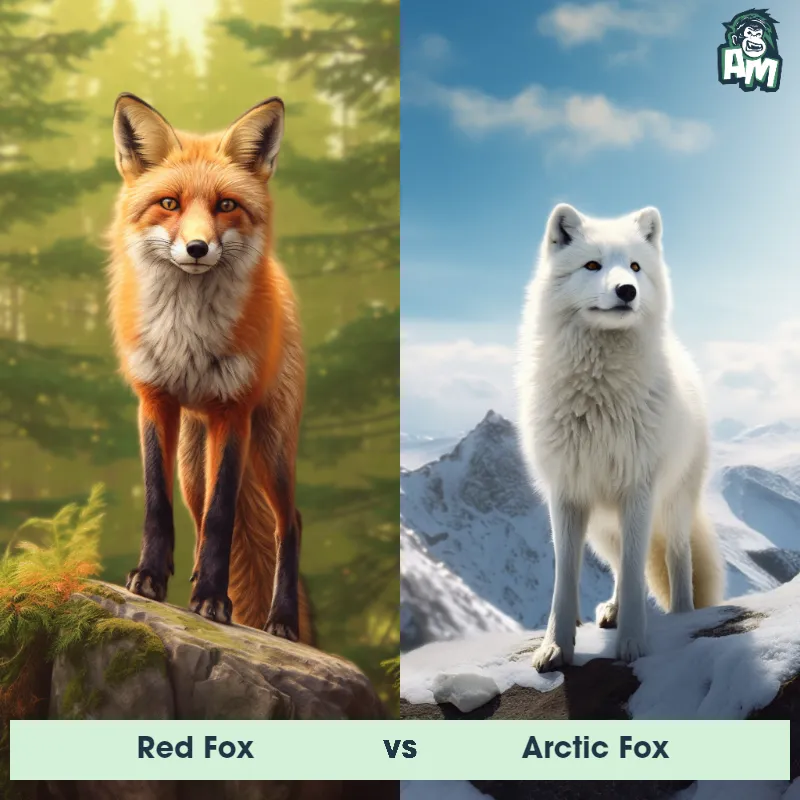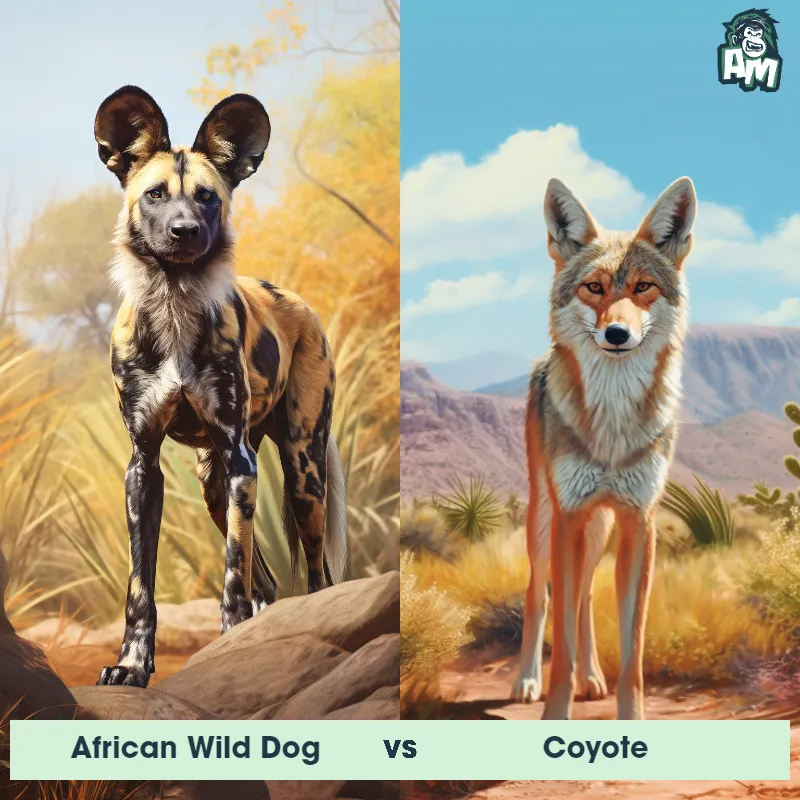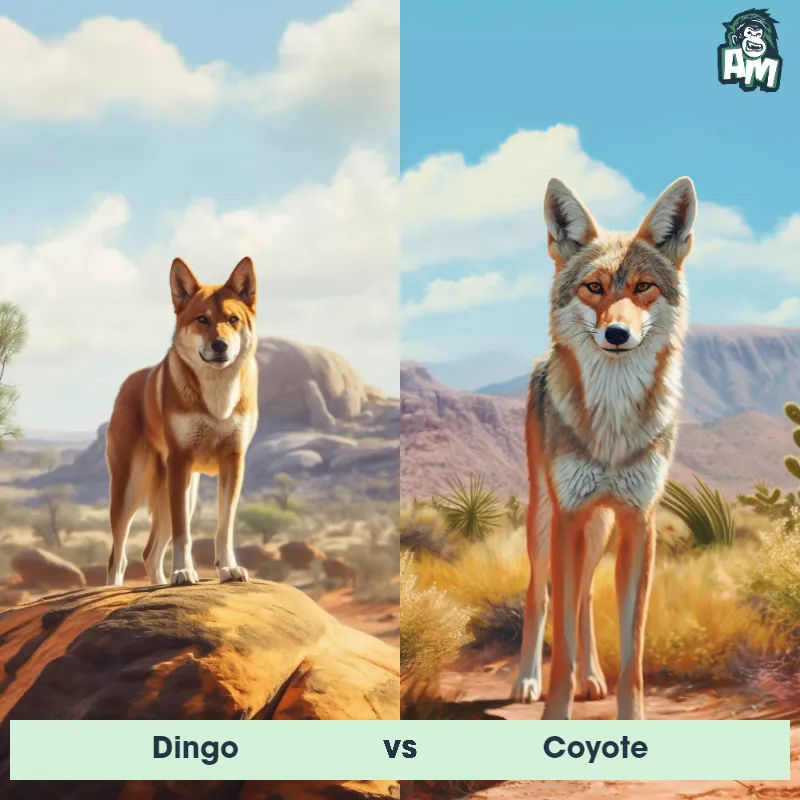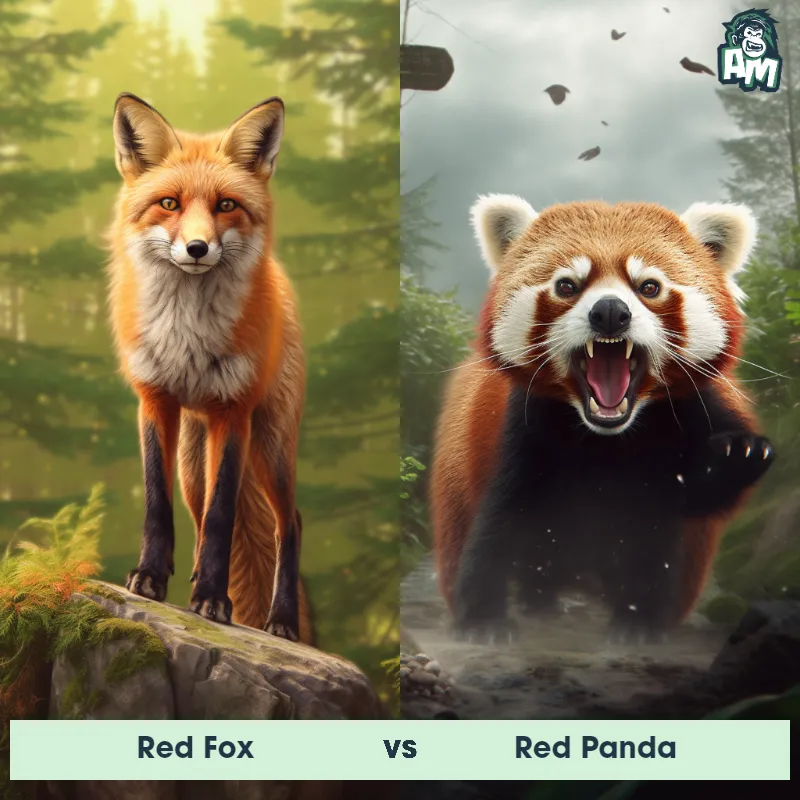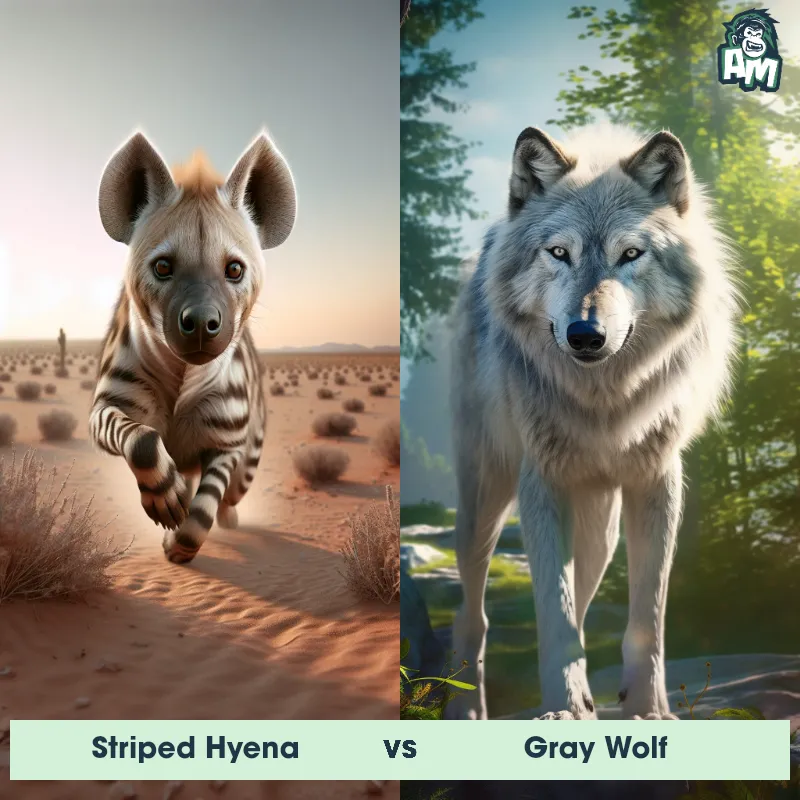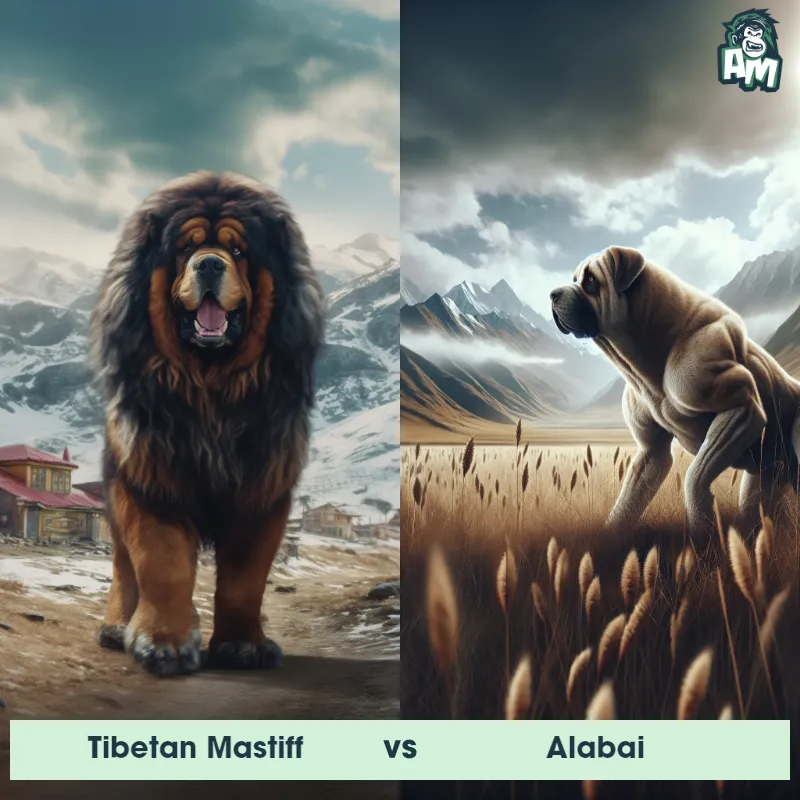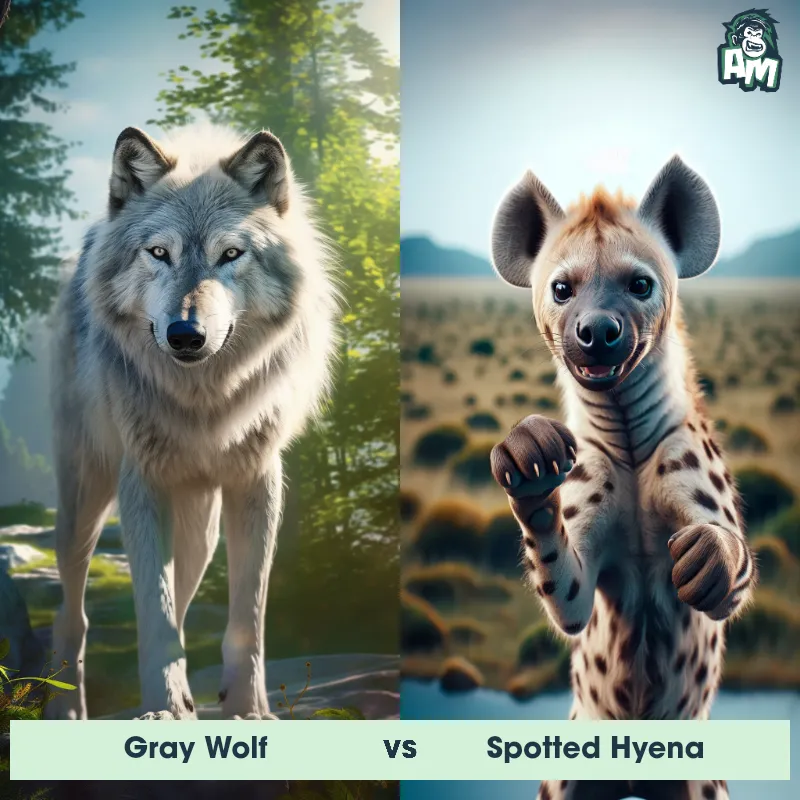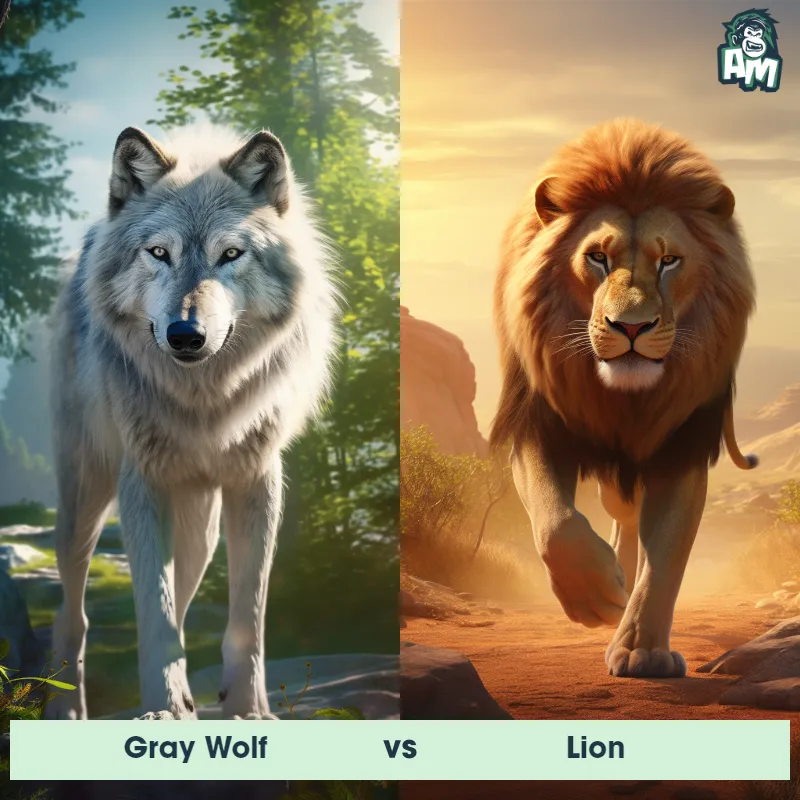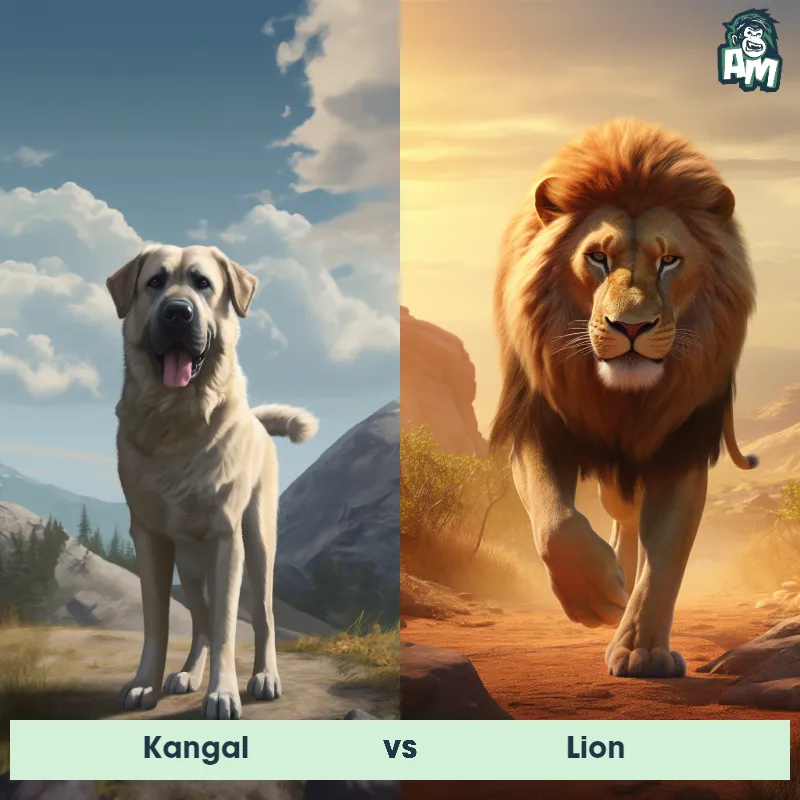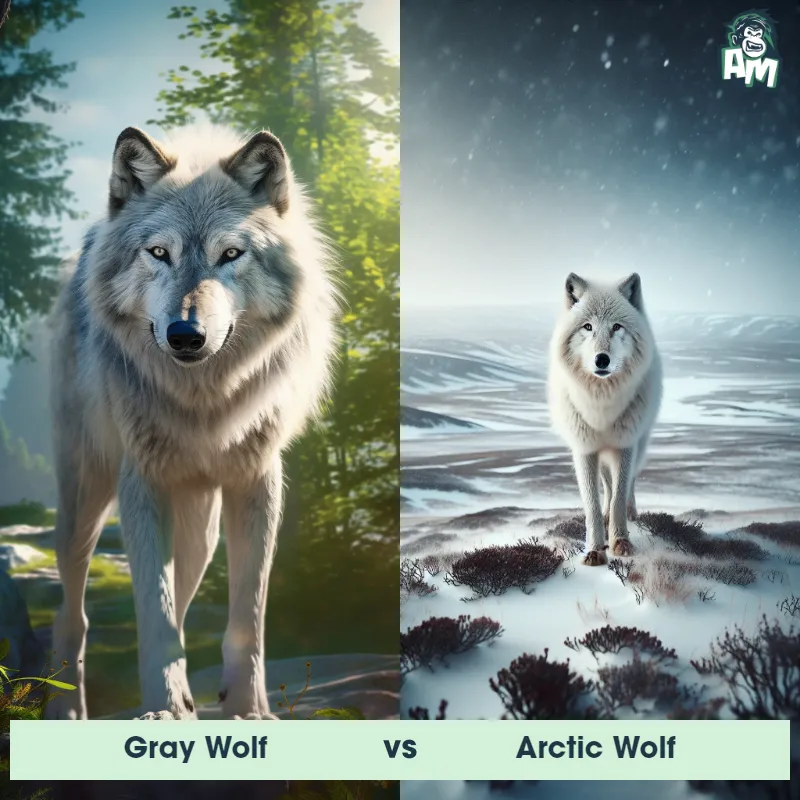Dingo vs JackalSee Who Wins
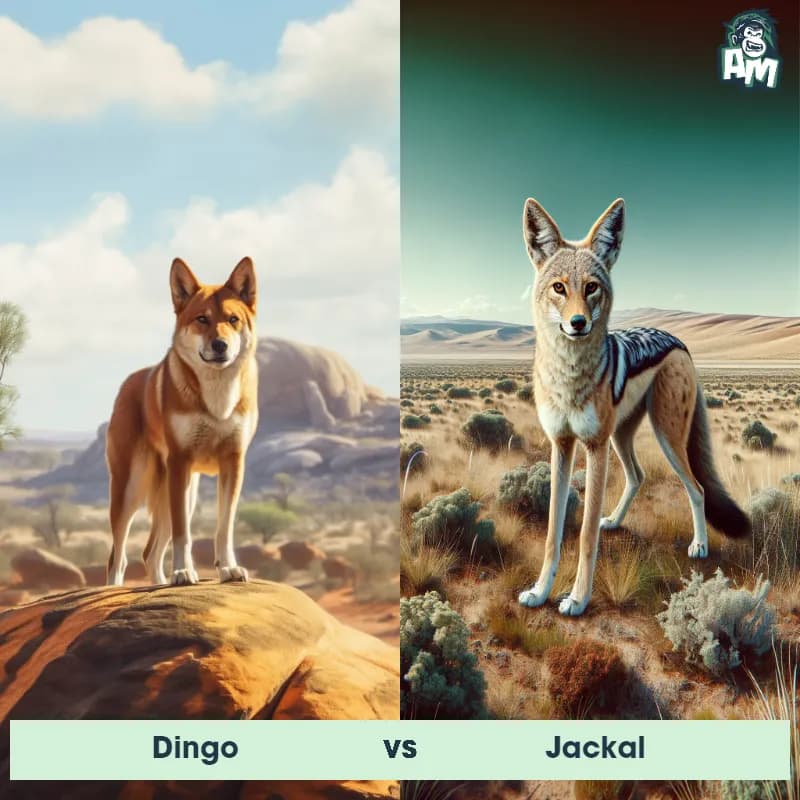
On this thrilling stage, two formidable competitors prepare to face off: a dingo, robust and focused, its gaze keen, and a jackal, smaller yet fierce, exuding a fiery determination. Both creatures hail from diverse backgrounds, the dingo from Australia and the jackal from Africa, each representing the survival instincts of their native lands.
Contender 1: Dingo
The Dingo, also known as the Australian Native Dog, is a wild canine that is native to Australia. They have a lean and muscular build, with a short, thick coat that can range in color from sandy yellow to red. Dingoes have a distinctive howl and are known for their intelligence and adaptability, as they can survive in a variety of habitats, from deserts to forests.
Fun Fact: Dingoes are one of the few species of dog that can rotate their heads almost 180 degrees in either direction, allowing them to keep a close eye on their surroundings.
Contender 2: Jackal
The Jackal, also known as the Canis aureus, is a medium-sized carnivorous mammal that belongs to the Canidae family. They have a slender body with long legs, a pointed snout, and large ears. Their fur is usually a sandy brown color with a white underbelly, and they have a bushy tail. Jackals are known for their keen sense of smell and excellent hearing, which they use to hunt prey and communicate with other members of their pack.
Fun Fact: Jackals are known for their unique vocalizations, which include a variety of barks, howls, and yelps that they use to communicate with each other.
Matchup Stats
| Dingo | Jackal | |
|---|---|---|
| Size | 20-24 inches (50-60 cm) at the shoulder | 16-20 inches (40-50 cm) at the shoulder |
| Weight | 22-44 pounds (10-20 kg) | 15-35 pounds (7-16 kg) |
| Speed | Speed: 40 mph (60km/hr) | Speed: 35 mph (56.3 km/hr) |
| Key Strength | Speed and agility | Speed and agility |
| Biggest Weakness | Lack of endurance | Lack of physical strength |
Current Votes
Dingo vs Jackal
See Who Wins
Match Highlights
View More Matches
Looking For More?
Similar Matches
Scientific Stats
| Dingo | Jackal | |
|---|---|---|
| Scientific Name | Canis lupus dingo | Canis aureus |
| Family | Canidae | Canidae |
| Habitat | Varied, including deserts and forests | Various habitats including deserts, grasslands, and forests |
| Geography | Australia | Africa, Asia, and southeastern Europe |
| Diet | Opportunistic carnivores, eating small mammals, birds, and reptiles | Omnivorous, feeding on small mammals, birds, reptiles, insects, and carrion |
| Lifespan | 5 years - 10 years | 10 years - 15 years |
Key Differences between Dingo and Jackal
- Tail: Dingos have a bushy tail that curls upwards, while Jackals have a thinner, straight tail.
- Coloration: Dingos have a wider range of coat colors, including ginger, black, and white, while Jackals typically have a sandy or yellowish coat.
- Ears: Dingos have pointed, erect ears, while Jackals have more rounded, slightly drooping ears.
- Habitat: Dingos are found primarily in Australia, while Jackals are found in Africa, Asia, and parts of Europe.
- Size: Dingos are generally larger than Jackals, with an average weight of 22-33 pounds compared to the Jackal's average weight of 15-22 pounds.



